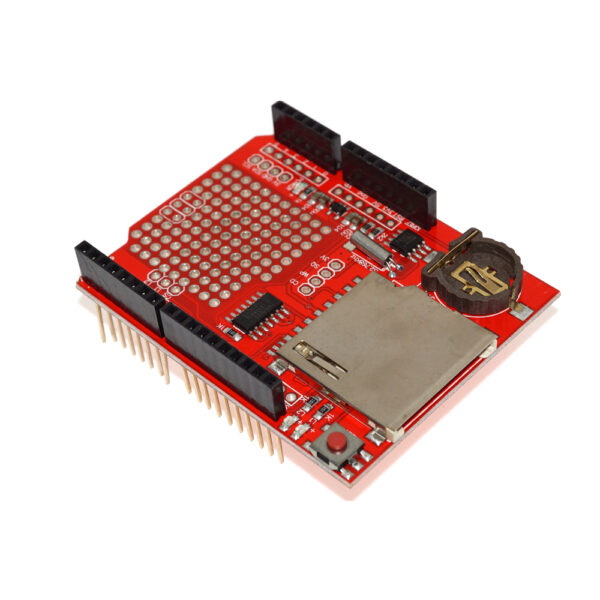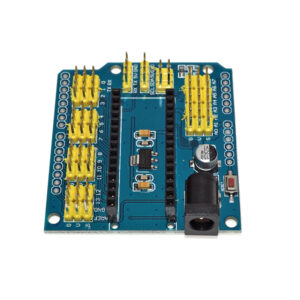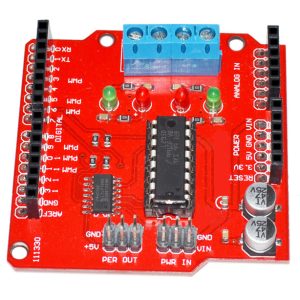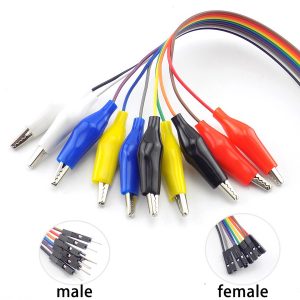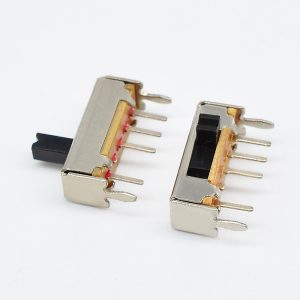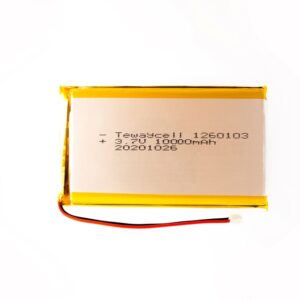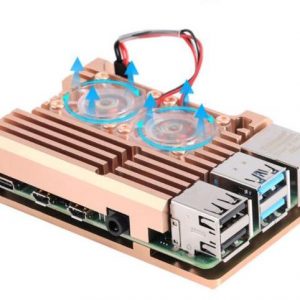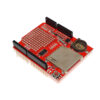Data Logging Shield with SD Card Slot and Real-Time Clock
Sale!10%
Works with Arduino UNO, Duemilanove, Diecimila, Leonardo or ADK/Mega R3 or higher.
Note: ADK/Mega R2 or lower are not supported.
$9.85
3 in stock

This item: Data Logging Shield with SD Card Slot and Real-Time Clock
3 in stock
$9.85
$9.85
Description
Additional information
Applications
Support & Utility
Q & A
Description:
- Data Logging Shield with SD Card Slot and Real-Time Clock
- SD card interface works with FAT16 or FAT32 formatted cards.
- 3.3v level shifter circuitry prevents damage to your SD card
- Real-time clock (RTC) keeps the time going even when the Arduino is unplugged.
- Battery backup lasts for years Prototyping area for soldering connectors, circuitry or sensors.
Note: ADK/Mega R2 or lower are not supported.
Here we have a Data logging shield for your Arduino. This unit comes fully assembled and ready to use.
Now you can easily save data to a FAT16 or FAT32 formatted SD card and the included real-time clock will timestamp all your data with the current time.
The onboard 3.3v regulator is both a reliable reference voltage and also reliably runs SD cards that require a lot of power to run.
What is Arduino Shield?
Arduino shields are the boards, which are plugged over the Arduino board to expand its functionalities.
For example, Ethernet shields are used to connect the Arduino board to the Internet. The pin position of the shields is similar to the Arduino boards.
Arduino
Arduino Uno SMD R3
Developer Arduino.cc
Manufacturer Arduino
Type Single-board microcontroller
Operating system None
CPU
- Atmel AVR (8-bit),
- ARM Cortex-M0+ (32-bit),
- ARM Cortex-M3 (32-bit),
- Intel Quark (x86) (32-bit)
Memory SRAM
Storage Flash, EEPROM
Arduino is an open-source hardware and software company, project and user community that designs and manufactures single-board microcontrollers and microcontroller kits for building digital devices. Its hardware products are licensed under a CC-BY-SA license, while the software is licensed under the GNU Lesser General Public License (LGPL) or the GNU General Public License (GPL), permitting the manufacture of Arduino boards and software distribution by anyone. Arduino boards are available commercially from the official website or through authorized distributors.
Arduino board designs
Use a variety of microprocessors and controllers. The boards are equipped with sets of digital and analogue input/output (I/O) pins that may be interfaced to various expansion boards (‘shields’) or breadboards (for prototyping) and other circuits. The boards feature serial communications interfaces, including Universal Serial Bus (USB) on some models, which are also used for loading programs. The microcontrollers can be programmed using the C and C++ programming languages, using a standard API which is also known as the “Arduino language”. In addition to using traditional compiler toolchains, the Arduino project provides an integrated development environment (IDE) and a command-line tool (Arduino-CLI) developed in Go.
What year did Arduino begin?
The Arduino project began in 2005 as a tool for students at the Interaction Design Institute Ivrea in Ivrea, Italy, aiming to provide a low-cost and easy way for novices and professionals to create devices that interact with their environment using sensors and actuators. Common examples of such devices intended for beginner hobbyists include simple robots, thermostats and motion detectors.
Where did the name come from?
The name Arduino comes from a bar in Ivrea, Italy, where some of the founders of the project used to meet. The bar was named after Arduin of Ivrea, who was the margrave of the March of Ivrea and King of Italy from 1002 to 1014.
Development Resources: demo codes, schematics, datasheets, etc
Reference for Arduino and reference to all matters.
Notes:
1. There may be slight size deviations due to manual measurement, different measuring methods and tools.
2. The picture may not reflect the actual colour of the item because of different photographing light, angle and display monitor.
Other Related Products
Components Package Kit for Arduino – 06
Components Package Kit for Arduino A low-cost components starter kit which comprises the most commonly used resistor values, potentiometers, switches, LED’s and Header terminal strips
| Weight | 0.023 kg |
|---|---|
| Dimensions | 7 × 6 × 2 cm |
Product Applications
Q & A
There are no questions yet

